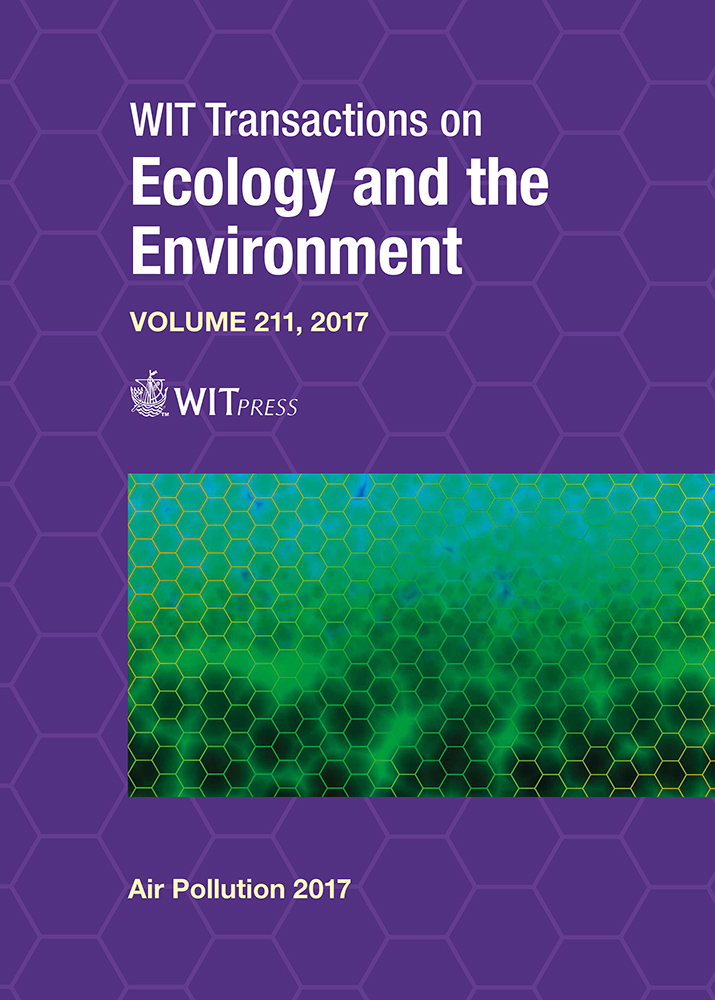CHARACTERIZATION AND TREATMENT OF ODOROUS FOOD FERMENTATION PROCESS EMISSIONS VIA PILOT-SCALE BIOFILTER
Price
Free (open access)
Transaction
Volume
211
Pages
7
Page Range
183 - 189
Published
2017
Size
2,144 kb
Paper DOI
10.2495/AIR170181
Copyright
WIT Press
Author(s)
ILKER AKMIRZA, KADIR ALP, MUSTAFA TURKER, SAADET ETLI, MERVE YILMAZ
Abstract
Recently, odor emissions have globally become an essential contamination parameter within increasing the well-being levels of human life. In order to control odor emissions and reduce their health and environmental effects, over the last decade Europe, USA and Turkey have started to enact regulations and investigations into suitable odor-treatment alternatives. Food fermentation is one of the important processes that releases odorous pollutants like ethanol, acetaldehyde, acetone and propanol to the atmosphere without any control mechanism. Until now, many physicochemical techniques have been used for the abatement of volatile organic compounds (VOCs). However, the high capital and operating costs associated with these technologies, their high energy requirements and non-environmentally friendly nature have boosted the development of new treatment technologies. In recent years, many biological treatment methods such as biofilters, bioscrubbers and biotrickling filters were found to be environmentally friendly and low-cost treatment alternatives for odorous compounds. Biofilters come into prominence above other biological treatment technologies due to their high flowrate waste gas treatment capacities. Within this scope of aim, VOC emissions derived from food fermentation processes were investigated on a pilot scale biofilter consisting of a cylindrical jacketed PVC column (0.20 m inner diameter, 2.7 m height) packed with Rashing rings to a working volume of 50 L. The synthetic inlet gas stream with a flowrate of 2 m–3 h–1 was prepared by injecting a liquid mixture containing emissions at inlet concentrations of ~700 mg m–3 for ethanol, ~ 300 mg m–3 for acetaldehyde and ~70 mg m–3 for acetone according to waste gas characterization of industrial processes. Biodegradation of ethanol was achieved up to 29 ± 1 g m–3 h–1 of elimination with a removal >90% where 11.4 ± 0.7 g m–3 h–1 acetaldehyde was eliminated with removal >90%. Acetone elimination was recorded as 1.9 ± 0.3 g m–3 h–1 and resulted in the removal of ~50%.
Keywords
biofilter, emission, odor, treatment, food fermentation, characterization, VOCs





